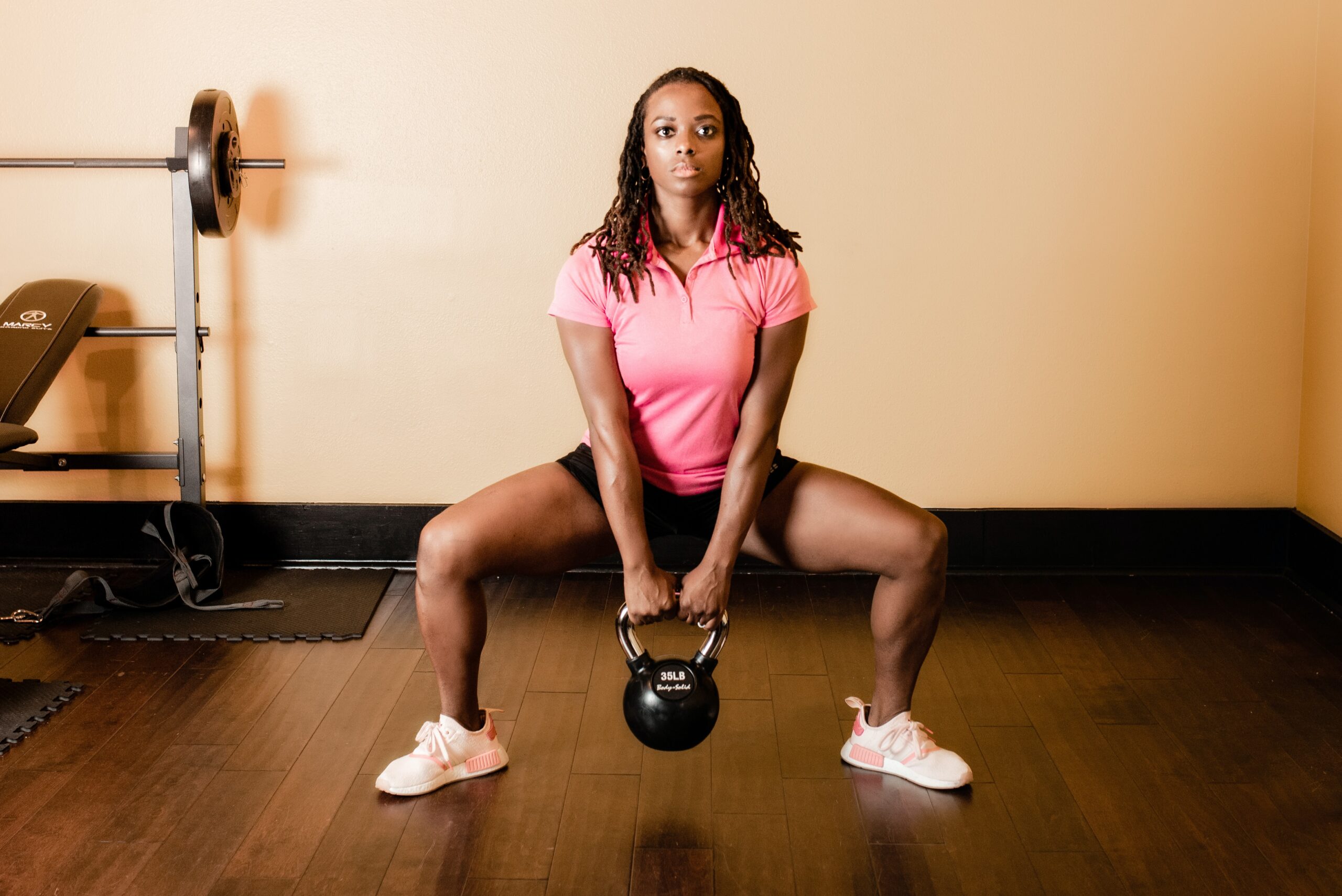Photo by Meagan Stone on Unsplash
There are a plethora of health tools and resources available on the market and the web. Today we shall discuss one such tool, a Body fat calculator, in detail and how it can be used to create a personalised fitness plan. When it comes to living a better and healthier lifestyle, information is power. This blog will walk you through the steps of utilising a body fat calculator to design a customised exercise program that will help you lead a healthier life.
How Can Your Body Fat Percentage Help In Your Fitness Plan?
Before we dive into how to use a body fat calculator, let’s explore why knowing your body fat percentage is crucial. Here we shall focus on the significance of a body fat calculator in designing a personalised fitness plan;
1. A More Comprehensive Measure
Unlike just stepping on a regular weight scale, which only shows your overall body weight, calculating body fat percentage provides a more comprehensive assessment. It distinguishes between fat, muscle, bone, and other essential components, giving you a holistic view of your physical condition.
2. Determining Fitness Goals
Every individual’s fitness journey is unique, and your body fat percentage plays a pivotal role in setting realistic goals. Whether you aim to lose weight, gain muscle, or improve overall health, understanding your body fat percentage helps you plan for the best results.
3. Effective Progress Tracking
Regularly monitoring your body fat percentage helps you track your progress more effectively than relying on weight changes. It allows you to differentiate between muscle gain and fat loss, providing a more accurate reflection of your fitness achievements.
Creating a Fitness Plan Using Body Fat Calculator
To use a body fat calculator to create a personalised fitness plan, follow these steps:
Step 1- Choose a body fat calculator: There are many different body fat calculators available online and in mobile app stores. Choose a calculator based on a reputable method, such as skinfold callipers, BIA, or hydrostatic weighing.
Step 2- Measure your body fat percentage: Follow the instructions on the calculator to measure your body fat percentage. Be sure to measure at the same time of day and in the same conditions each time to get accurate results.
Step 3- Set your fitness goals: What do you want to achieve with your fitness plan? Do you want to lose weight, gain muscle, or improve your body composition? Once you know what you want to achieve, you can create a plan.
Step 4- Find exercises that target your goals: To lose weight, you must do exercises that burn calories. If you want to gain muscle, you must do activities that build muscle. And if you want to improve your body composition, you will need to do a mix of both cardio and strength training exercises.
Step 5- Create a workout schedule: Decide how often you want to work out and how long each workout will be. Be realistic about how much time you have and how much exercise you can handle.
Step 6- Track your progress: Use a body fat calculator to track your progress over time. This will help you to see how your diet and exercise plan are affecting your body composition.
Here is an example of how to use a body fat calculator to create a personalised fitness plan:
- Goal: Lose weight
- Body fat percentage: 30%
Then, the following shall be the regimen;
Exercises
Cardio: 30 minutes of brisk walking or running 3-4 times per week
Strength training: 20-30 minutes of strength training exercises 2-3 times per week
Workout Schedule
Monday: Cardio
Wednesday: Strength training
Friday: Cardio
Saturday: Strength training
Tracking progress
Use a body fat calculator to track your progress every 2-4 weeks. This will help you to see how your diet and exercise plan are affecting your body composition and to make adjustments as needed.
It is important to note that this is just an example. Your personalised fitness plan may vary depending on your individual needs and goals. Talk to your doctor or a certified personal trainer before starting any new fitness plan.
Using a Body Fat Calculator Effectively
Now that you understand the significance of measuring body fat and the various methods available, let’s explore how to use a body fat calculator effectively:
1. Select the Right Method
Choose a method that suits your needs and resources. For beginners, skinfold callipers or BIA devices are practical choices. If available, consulting a fitness professional can help you choose the most appropriate method.
2. Follow Instructions Carefully
The body fat measurement method comes with specific instructions. Ensure that you follow them meticulously to obtain accurate results. If possible, seek guidance from a fitness expert or healthcare professional.
3. Maintain Consistency
To track your progress effectively, consistency is key. Measure your body fat percentage at the same time of day, under similar conditions (e.g., fasting or non-fasting), and wear consistent clothing each time.
4. Keep a Record
Keep a record of your body fat measurements over time. Tracking changes in your body fat percentage will provide insights into the effectiveness of your fitness plan and help you make necessary adjustments.
Conclusion
These calculators offer valuable insights into your body composition, allowing you to create a personalised fitness plan. By selecting the right measurement method, following instructions carefully, maintaining consistency, and keeping detailed records, you can embark on a successful fitness journey tailored to your unique needs. Get started today and take the first step towards a healthier, more informed path to fitness.
